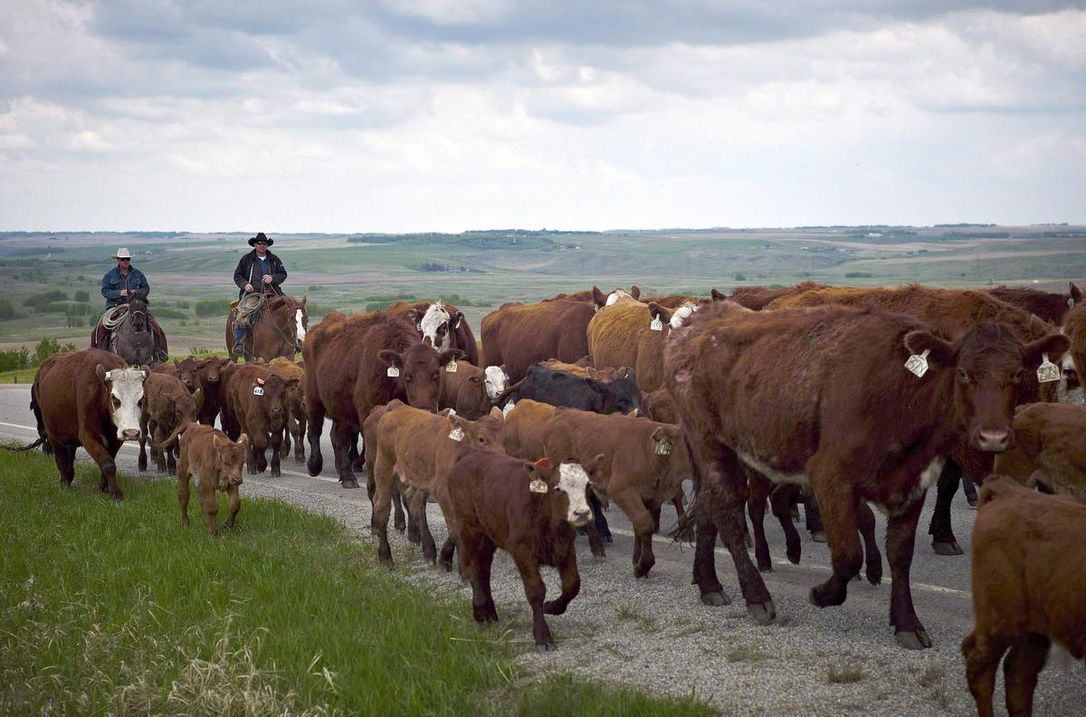What Beef Producers Need To Know About Environmental Footprint

Those who live in rural areas and spend most of their time outdoors considering Mother Nature and managing their livestock and land as best they can understand that it’s common sense to protect the health of the land and water for themselves and their neighbours.
More than most livestock, beef cattle production takes place in the natural environment.
When enjoying peaceful moments watching cattle and wildlife on pasture, smelling rain or seeing plants change throughout the seasons, it’s difficult to understand why some people think that Canadian beef production is damaging the environment.
As a beef producer, what do you need to know about the environmental footprint of Canadian beef production?
“By taking time to better understand the various ways your farm or ranch impacts the environment you may find additional ways to optimize your management, and reap the associated economic and social benefits”
You have a very good story to tell. Grazing cattle are an integral part of the grassland ecosystem and play a key role in nutrient recycling. Pasture lands are important stores of carbon and provide habitat to many species of plants and animals that could be at risk if land is converted to other uses. They also preserve wetlands that otherwise may be subject to cultivation. Production of cattle in feedlots lowers the carbon footprint of beef and increases the efficiency of beef production.
As with any food system, there are also concerns about the environmental impacts of producing beef. These include resource use, greenhouse gas emissions, water and air quality, and potential nutrient overload. But research shows that our industry has made significant improvements in efficiency over time.
A 2015 study found that producing the same amount of Canadian beef in 2011 required 29% less breeding stock, 27% fewer slaughter cattle and 24% less land, and produced 15% less greenhouse gases than in 1981. Additional research is currently underway to measure changes in water quality, carbon sequestration, biodiversity, and other ecosystem services.
By taking time to better understand the various ways your farm or ranch impacts the environment, and considering your current environmental stewardship, you may find additional ways to optimize your management, and reap the associated economic and social benefits. Technologies and innovative production practices related to land management, genetic improvements in growth and reproductive rates, feed strategies to optimize feed efficiency and more can help to ensure that our industry’s environmental footprint continues to shrink.
The BCRC thanks the following for their assistance in the making of these videos:
Steve Eby, Eby Farms, Kincardine, ON
Kelly Hall, Timber Ridge Land and Cattle, Stavely, AB
Dr. Tim McAllister, Lethbridge Research and Development Centre
Hugh Lynch-Staunton, Antelope Butte Ranch, Lundbreck, AB
Dr. Katie Wood, University of Guelph Department of Animal Biosciences
Jack Chaffe, Chaffe Farms Ltd., Mitchell, ON
Brendan Zettler, Zettler Family Farm, Teeswater, ON
Morgan Chattaway, Bar S Ranch, Nanton, AB
Source: BCRA












